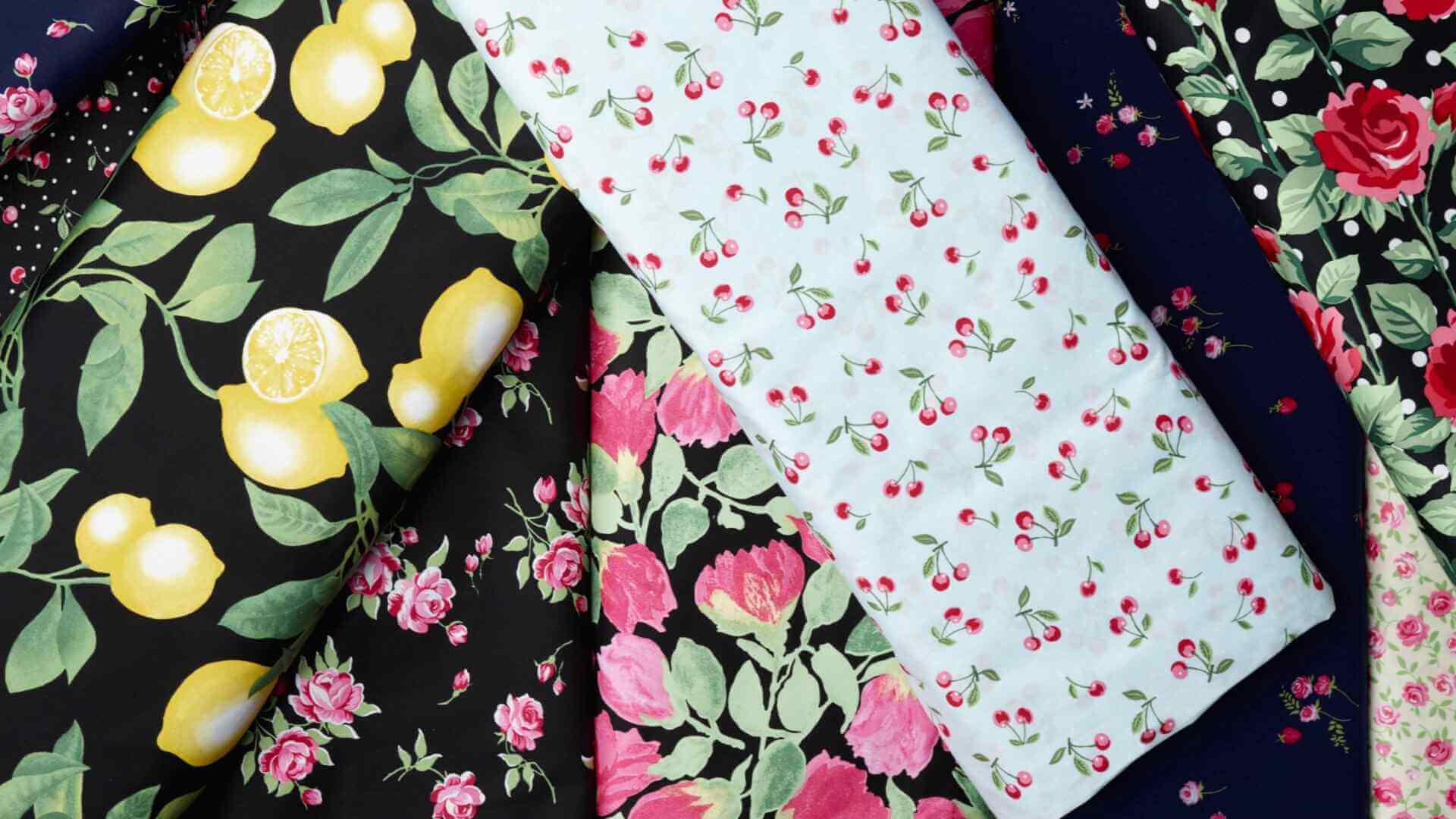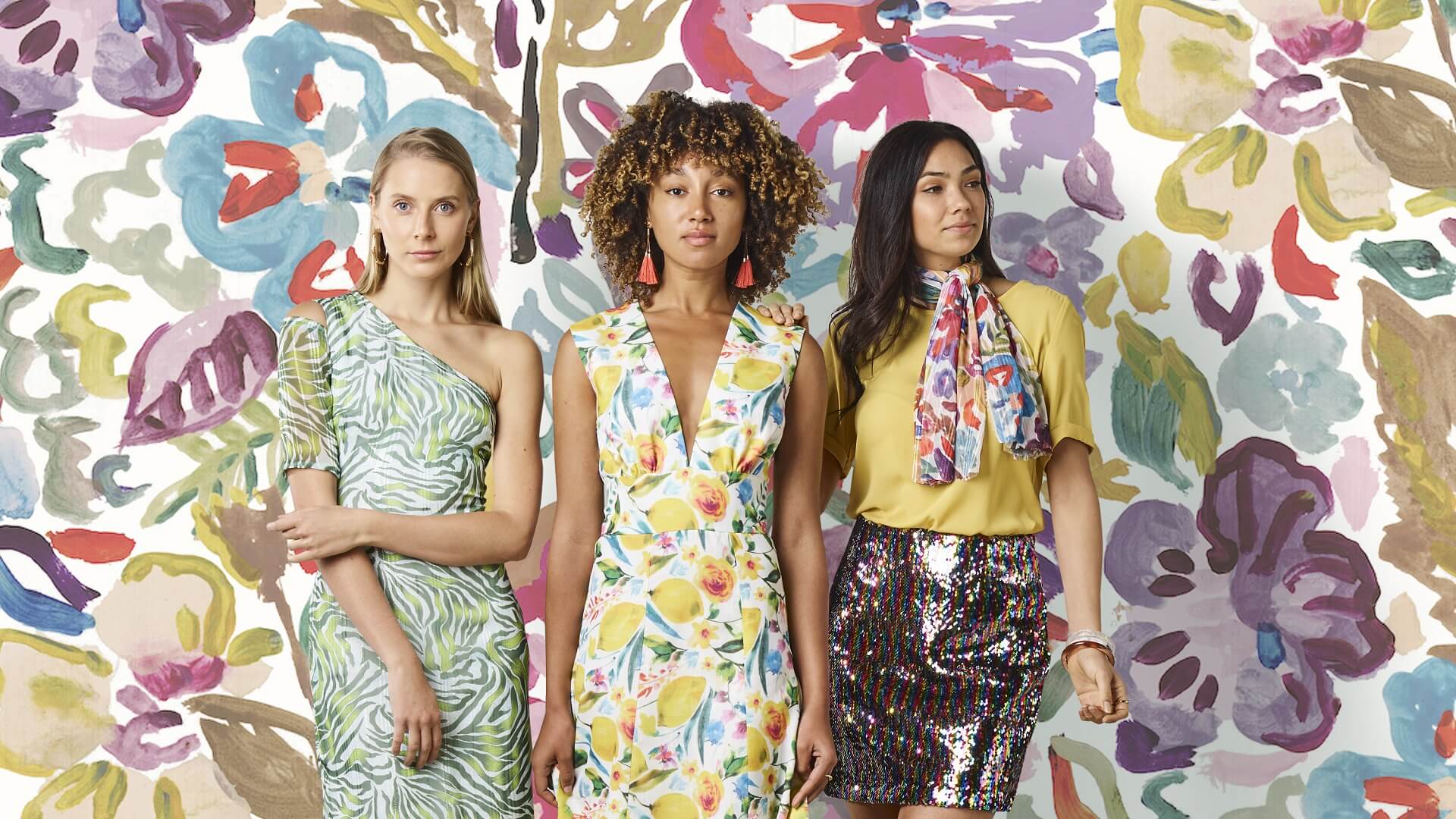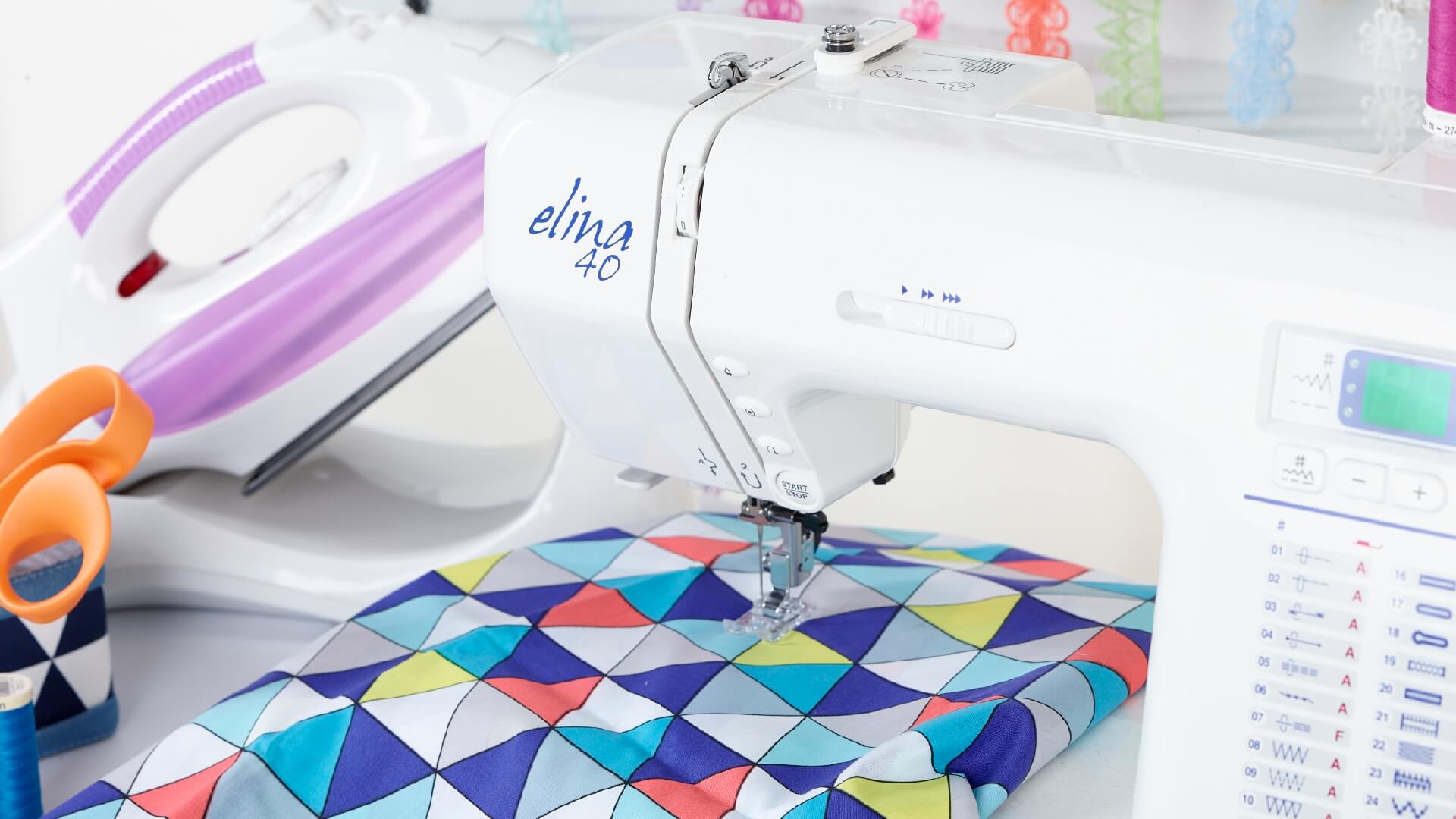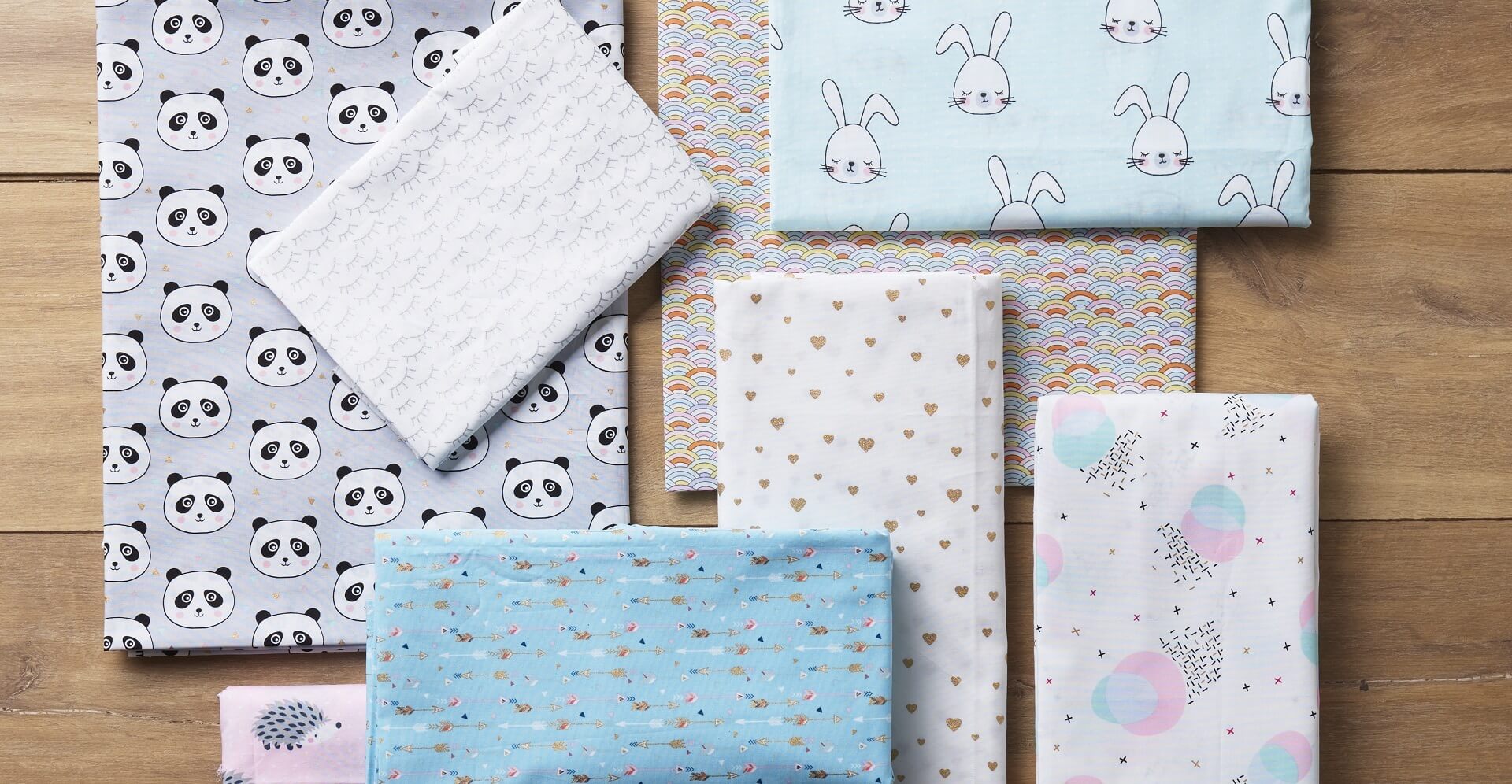 | ||
| Your browser is not supported. | ||
|
Please browse our site using any of the following options:
| ||
How To Select The Right Fabrics For Clothing & Crafts

One of the best things about making your own garments is being able to choose fabric that looks and feels exactly the way you want it to.
Quick Links:
Getting Started
The most important questions to ask when selecting fabric for a garment is by asking "what am I making and why?" These questions will allow you to select fabric with the qualities you need. For example:
- "I'm making a coat for winter, so I need my fabric to be warm and durable."
- "I'm making clothes for my kids, so my fabric has to be both comfortable and washable."
- "I'm making a costume for a dance concert, and the fabric has to becolourful and stretchy."
- "I'm making a summer dress, so I want my fabric to be light and breatheable."
One you've identified the qualities you require, you can start the search for a fabric that has them.

Woven Or Knit?
All fabrics are created with fibres that are stretched or spun into threads, and then turned into fabric in one of two ways: weaving or knitting.
Woven
- To create a woven fabric, warp threads are held stationary in a lengthwise position, while weft threads are woven in and out of them.
- The weaving process produces all kinds of fabrics from satin to corduroy. The difference is determined by the type of fibres used, their size, and the pattern and tightness of the weave.
- Unless they have stretchy fibres such as elstine blended with them, woven fabrics will only stretch on the bias (diagonally).
- Their structure makes them quite stable, so woven fabrics are usually comparatively easy to sew with.
Knit
- Knit fabrics do not have the same rigid structure as wovens. As such they have more give, stretch, and flexibility.
- This flexibility can make knits more challenging to sew with than wovens. Using the right needles, feet, and stitches is important for good results.
Fabric Types
The fibres from which a fabric is knit or woven will determine how a fabric feels and how it can be used. Understanding the different qualities of these fibres will help you make an informed decision about which fabric is right for your project.
Fibres can be natural, synthetic, or a blend of both.

Natural
These fibres are obtained from natural sources. They fall into two further subcategories:
- Animal, such as wool and silk.
- Animal fibres are prized for their warmth and softness, though these qualities vary significantly depending on that animal they come from and how they are spun.
- The most commonly used animal fibres are wool and silk.
- Plant, such as cotton.
- Plant fibres are generally the most breatheable, so they're great for making garments intended to be worn in warmer seasons.
- As they're not produced from animal sources, plant fibres are vegan friendly.
- Allergies to animal fibres are quite common, so plant fibres are a good hypoallergenic alternative.
Synthetic
These are any fibres that are artificially produced. They include acrylic, nylon, and polyester. While they vary in composition, they are all essentially different forms of plastic. This may sound like a drawback, but synthetic fibres have some very desirable qualities.
- They stand up well to washing, and don't shrink, stain, or fade as easily as natural fibres.
- They're inexpensive and widely available.
- As they don't contain animal fibres, they're vegan friendly, and suitable for people with animal allergies.

Blend
Many fabrics are made with a blend of different fibres, resulting in a product that has the desirable qualities of each. For example, blending elastane with cotton will give it stretch, and blending Polyester with wool with make it more washable.
All fabrics have their fibre composition marked on the bolt.
- Cotton
- Cotton can be made into an enormous range of fabrics including viole, sateen, poplin, flannelette and drill.
- It is not a stretchy fibre and has very little 'give' so it is often blended with other fibres to make it more flexible.
- Cotton fabrics are excellent for creating garments that will be worn in warm weather because they breathe so well.
- They are also a good choice for children's clothing because they are usually soft, and become even softer as they are washed and worn.
- Wool
- Different spinning and weaving processes produce a wide variety of woolen fabrics. They can be heavy or light, pure or blended.
- Wool is prized for its warmth and softness.
- It is particularly useful for making clothes that will be worn in the outdoors on colder weather.
- Linen
- Linen is made of flax which, like cotton, softens as it is washed and worn.
- Pure linen can crush and wrinkle easily, so it is often blended with other fibres such as cotton to reduce this tendency.
- Jersey
- Jersey is a knit fabric that can be made of cotton, wool, or synthetic fibres.
- It is soft and stretchy and makes very comfortable garments.
- Rayon
- While rayon is a man-made, it is composed of wood pulp and not synthetic fibres. This makes it absorbent, breathable, and comfortable to wear.
- It is soft, and has a nice drape, so it's an excellent choice for dressmaking.
- Polyester
- Polyester is a synthetic fibre that can be made into a multitude of fabrics from fleece to tulle to brocade.
- It is also often blended with other fibres such as wool to make them softer, more affordable, and easier to care for.
- Nylon
- Nylon is a durable synthetic fibre.
- It is water resistant so is often used to create garments designed for outdoor use.
- Elastane
- As the name suggests, Elastane is a very elastic fibre that is blended with cotton and other fabrics to make them more stretchy.
- Fabrics with Elastane content are great for making swimwear and dancewear.
- Acrylic
- A synthetic fibre that is often blended with other fibres to make them softer, more affordable, and easier to care for.
- It is not very breatheable so it's best used to make garments that will be worn in cooler climates.
You'll find enormous variation among these different fibres and fabrics. They way they are woven or knit, the different finishes that are applied to them, the weight, colour, and texture of each, all contribute to creating a nearly endless array of options when it comes to dressmaking fabric.
Remember to begin your search by identifying the qualities you would like your garment to have, determining the type of fabric that will give it those qualities, and then come and find it in a colour, weight and texture that you like.
Want to look at more Sewing & Quilting options?
Check out Spotlight's range of sewing & fabric ideas online, visit your local store or contact one of our experts for assistance.




